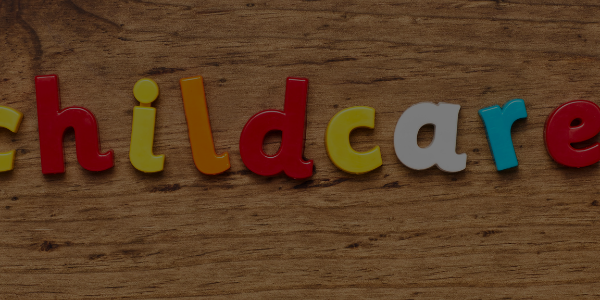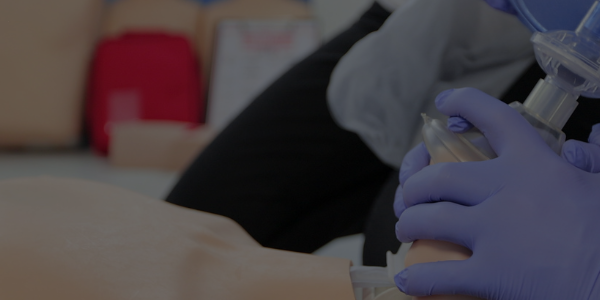What Is Ear Foreign Body?
A foreign body in the ear is a condition in which an object becomes lodged in the ear. This can occur at any age. In children, the most common foreign bodies are beads, beans, peas, and small fruits such as grapes. In adults, insects are more common.
What are the Causes of Ear Foreign Body
An ear foreign body can cause a painful earache or discharge from the ear.
Babies and children have very small ears, which can make it easy for objects to get stuck inside. Even if they are not stuck, objects can still damage the fragile eardrum or other parts of the ear. Insects can bite the skin of the eardrum and cause infection. Children may not be able to tell you what happened or that something is wrong with their ears.
Children tend to put things in their ears because they are curious about how their bodies work. They may have seen someone else put something in their ear and think that it is safe to do this too. They may also be playing with toys or candy when an object slips into the ear canal by accident.
Foreign bodies may enter the ear through:
- The ear canal accidentally
- Purposefully (especially by children)
- Signs & Symptoms of Ear Foreign Body
- Common symptoms of an ear foreign body include:
- Pain or discomfort
- Partial hearing loss that comes and goes
- Difficulty moving the jaw (such as chewing) or sensation of fullness in the affected ear
- Itching, ringing in the ears (tinnitus), or vertigo (dizziness with a sensation of movement) may also be present. A person may also experience drainage from the ear, including blood, pus, clear fluid, or wax. Drainage usually occurs when there is a hole or tear in the eardrum (tympanic membrane). If an insect is trapped inside the ear canal and dies, it may decompose and cause a foul odor or additional drainage.
It’s tempting to try and get rid of ear wax yourself using cotton swabs, bobby pins, or ear candles. But these can push wax further into the ear, causing impaction. Even worse, they can perforate the eardrum or cause infection.
If you think you have an impacted earwax buildup, see your doctor. He or she will use a small instrument called a curette to gently remove the wax. If necessary, your doctor may also flush out your ear with warm water or a saline solution.
Please note that regular First Aid and CPR Training is the best way to make sure that you’re prepare in the case of an emergency.
Book CPR and First Aid Training in Tullamarine, north west of Melbourne or we can come to your location. 10% off for a group of 10 or more!
Find this article useful? Read more of our blogs here!





